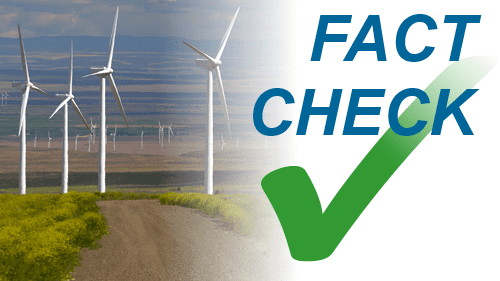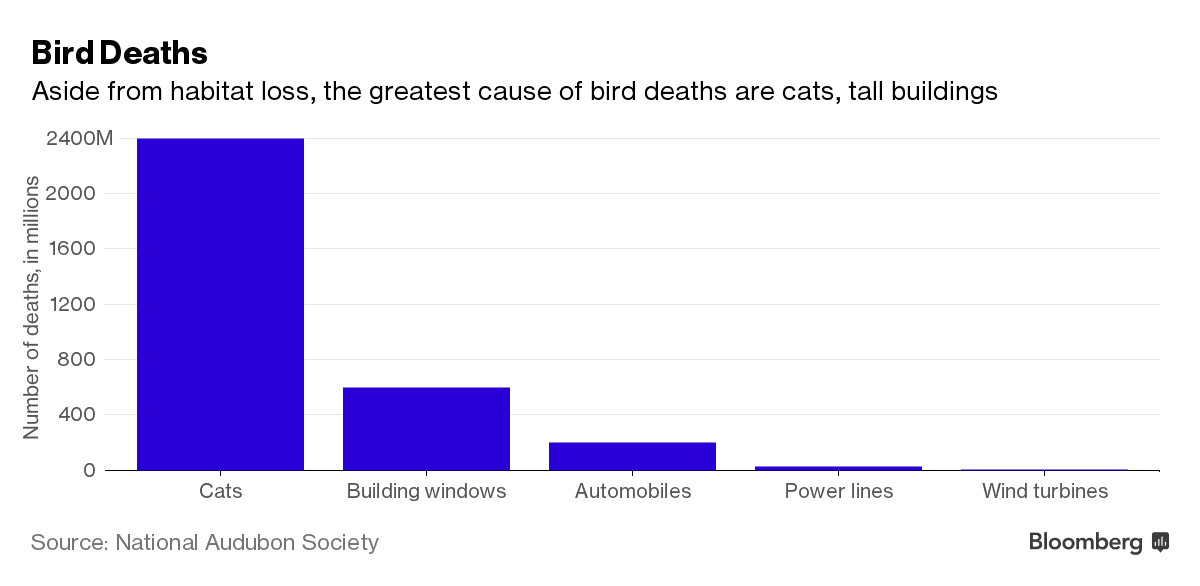What Tucker Carlson got wrong about wind energy
{
“@context”: “http://schema.org”,
“@type”: “ClaimReview”,
“datePublished”: “2018-02-26”,
“url”: “https://acpqa.wpengine.com/tucker-carlson-got-wrong-wind-energy/”,
“itemReviewed”:
{
“@type”: “CreativeWork”,
“author”:
{
“@type”: “Organization”,
“name”: “Tucker Carlson Tonight”,
“sameAs”: “https://www.youtube.com/watch?v=P8U-Yob7ZdU”
},
“datePublished”: “2018-02-23”
},
“claimReviewed”: “Wind has a big impact on birds”,
“author”:
{
“@type”: “Organization”,
“name”: “American Wind Energy Association”
},
“reviewRating”:
{
“@type”: “Rating”,
“ratingValue”: “2”,
“bestRating”: “5”,
“worstRating”: “1”,
“alternateName” : “Mostly False”
}
}
Homegrown energy. Jobs growing nine times faster than the overall economy. Investment in farming and factory towns in need of new opportunities.
Normally, these are ideas promoted by someone like Tucker Carlson. However, Tucker Carlson Tonight ran a segment about wind energy this weekend, and the coverage was inaccurate to say the least. Also missing from this discussion was any mention of the many benefits wind brings to communities across the U.S.
Here’s a look at where Tucker was out of step with reality.
Claim: Wind has a big impact on birds.
Reality: Wind has among the lowest impacts on wildlife and its surrounding habitats of any large-scale way to generate electricity. In fact, wind causes less than 0.01 percent of all human-related bird deaths. Far larger sources includes tall buildings and cars, according to data from the National Audubon Society.
Claim: Wind enriches foreign companies.
Reality: While some wind companies have parent organizations overseas, their U.S. operations still hire American workers. For example, while turbines manufacturers Vestas and Siemens Gamesa are European companies, combined the two operate half a dozen U.S. factories employing thousands of Americans, on top of many service jobs held by Americans at wind farms across the country.
And American company GE continues to be one of the world’s dominant manufacturers, while major wind farm developers such as Pattern Energy, Invenergy and NextEra Energy Resources, among others, are all American companies employing U.S. workers. In fact, over 500 U.S. factories build wind-related parts, and more than 100,000 Americans across all 50 states have jobs in wind.
Besides jobs, wind also brings new resources into rural communities that helps keep taxes low, pay to fix roads, fund law enforcement, and improve schools– all benefits accruing right here in the U.S. and directly benefiting Americans.
Claim: Wind enriches investment groups using taxpayer funds.
Reality: Wind has received less than three percent of all federal dollars spent on energy incentives since 1950. The reality is all U.S. sources of energy receive incentives, and wind’s primary incentive, the Production Tax Credit (PTC), is on its way to being phased out and will be gone after 2019. At that point, wind will be the only large-scale way to generate electricity that doesn’t receive a government incentive.
Claim: Wind farms have a large footprint.
Reality: The average wind farm leaves 98 percent of land undisturbed, leaving it free for other uses like farming and ranching. Wind could supply up to 35 percent of the country’s electricity on less land than one-third of America’s golf courses, according to the Department of Energy’s Wind Vision report.
Claim: Wind doesn’t do anything to help lower carbon pollution.
Reality: Wind is one of the biggest, fastest, cheapest ways to cut carbon pollution. In 2016 alone, wind cut nearly 34 million cars’ worth of CO2 pollution. A recent project examining solutions to carbon pollution ranked land-based wind energy the number two remedy and offshore wind 22nd out of 100.
But don’t take it from me—hear what people who lives in wind communities have to say, which was noticeably absent from Tucker’s piece:





